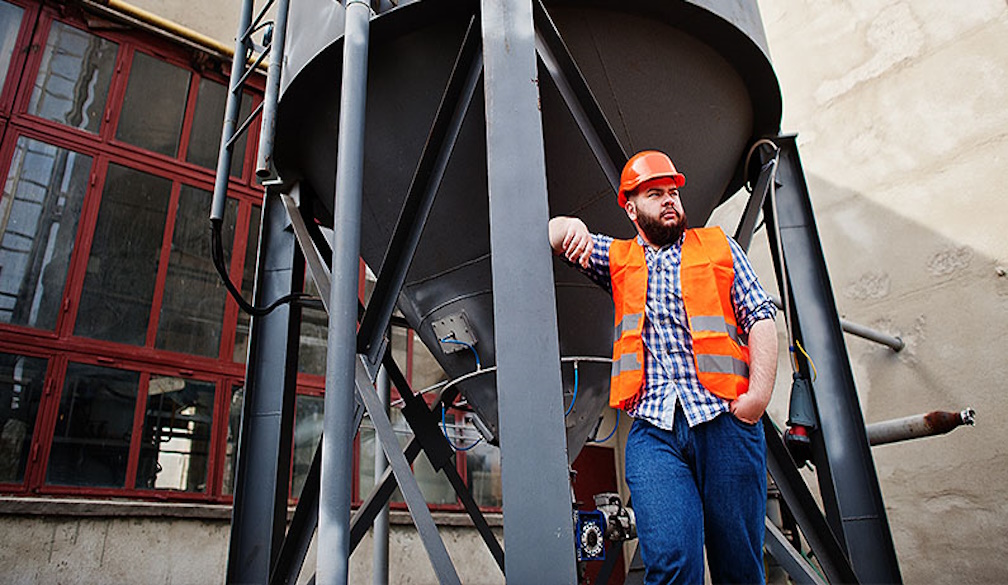Why More Farmers Are Turning to Cone Bottom Tanks to Boost Productivity

In recent years, Australian farmers have been increasingly adopting innovative solutions to optimise fertiliser use and improve their overall productivity. One such solution gaining popularity is the cone bottom tank. These uniquely designed storage vessels are helping farmers across the country streamline their operations and reduce waste, particularly during the busy planting season.
The Rise of Cone Bottom Tanks in Agriculture
Cone bottom tanks are not a new invention, but their application in agriculture has seen a significant uptick. Farmers are discovering that these tanks offer several advantages over traditional flat-bottom storage options. The conical shape at the base of these tanks allows for complete drainage, making them ideal for storing and dispensing a variety of materials, including liquid fertilisers, seeds, and water.
How Cone Bottom Tanks Help Optimise Fertiliser Use
One of the primary reasons farmers are turning to cone bottom tanks is to optimise fertiliser use. The unique design of these tanks allows for:
Improved mixingThe conical bottom facilitates better blending of liquid fertilisers, ensuring a consistent mixture.
Reduced wasteThe sloped bottom means less residual material is left in the tank, maximising the use of expensive fertilisers.
Easier cleaningThe smooth interior and complete drainage make these tanks simpler to clean and maintain.
Precise measurementsThe tank's design allows for accurate dispensing of liquid fertilisers, ensuring crops receive the right amount of nutrients.
Reduced settlingThe conical shape helps prevent fertiliser components from settling at the bottom, maintaining a consistent mixture.
Minimal leftoversWith almost complete drainage, farmers can use nearly all of the fertiliser in each batch, reducing waste and saving money.
By optimising fertiliser use, farmers can not only accurately measure and apply fertilisers to improve their crop yields but also minimise their environmental impact by reducing excess runoff.
Streamlining Operations with Cone Bottom Tanks
Beyond fertiliser management, cone bottom tanks are proving valuable for various aspects of farm operations:
Water storage: The tanks can efficiently store and dispense water for irrigation or other farm uses.
Seed storage: The complete drainage feature is ideal for storing and dispensing seeds without waste.
Space efficiency: Vertical storage options free up valuable ground space on the farm.
These benefits contribute to smoother, more efficient operations, especially during peak farming seasons.
The Economic Impact of Adopting Cone Bottom Tanks
While the initial investment in cone bottom tanks may be higher than traditional storage options, many farmers find the long-term benefits outweigh the costs. By helping to optimise fertiliser use and reduce waste, these tanks can lead to significant savings over time. Additionally, the improved efficiency in operations can translate to higher crop yields and better overall farm productivity.
The Future of Farming with Cone Bottom Tanks
As more farmers experience the benefits of cone bottom tanks, their adoption is likely to continue growing. Australian manufacturers, like Enmach, are already developing new features and materials to make these tanks even more efficient and durable.
In conclusion, the trend of farmers turning to cone bottom tanks to boost productivity is well-founded. These versatile storage solutions offer numerous benefits, from helping to optimise fertiliser use to streamlining various farm operations. As the agricultural sector continues to face challenges such as climate change and resource scarcity, innovations like cone bottom tanks will play a crucial role in maintaining and improving farm productivity.









